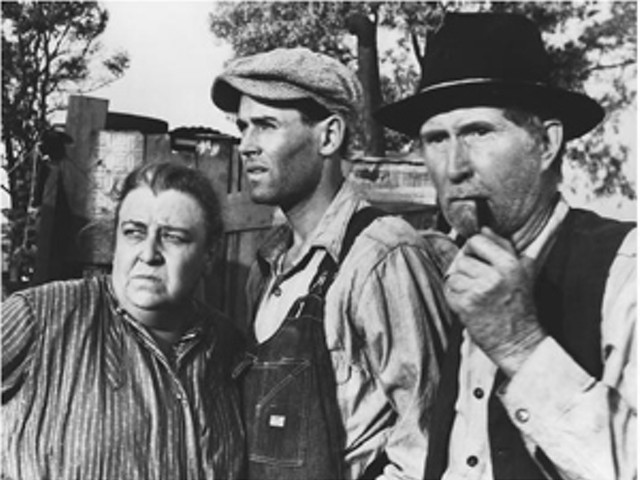Angela's Ashes
Frank McCourt, 1996
As with the current economic meltdown, the aftereffects of 1929's crash were felt around the world. In his Pulitzer Prize-winning memoir, Frank McCourt provides an unflinching look at the horrific conditions of his childhood in Ireland during the Great Depression. Constant hunger, dying siblings, slum housing, the stench of open sewers, an alcoholic father who drinks up what little money there is, the humiliation of living on the dole — it's all there. But McCourt's lilting prose also captures his youthful spirit of hope, and the determination to escape poverty and its degradations. Even in the bleakest of times, there is always reason to believe things will get better.
Hard Times
Studs Terkel, 1970
Terkel's masterful oral history of the Great Depression captures this era from every imaginable perspective — rich, poor, liberal, conservative, white, black, brown, young and old. Some made out like bandits while others didn't make it at all. Farmers and laborers were radicalized; the well-off bellyached about New Deal programs that helped keep people from starving and put them to work, laying the infrastructure groundwork that helped turn things around. There's a great description of the Flint sit-down strike of 1936. It's also telling that when Terkel talked with a thirtysomething Flint native whose family had been autoworkers during that era, he knew nothing of the strike. Lessons learned, lessons lost.
The Grapes of Wrath
John Steinbeck, 1939
This novel is such an obvious choice we almost didn't include it in our list. But you can't talk about the Great Depression without mentioning Steinbeck's classic. He captures the heartache of the era and the toughness of the people — the hardscrabble Dust Bowl refugees who found ways to survive, no matter what. A testament to the need for organized labor as a way to combat the cruelty of unfettered capitalism, Steinbeck's novel lays bare the greed of big growers and crooked labor contractors. But there's also incredible beauty here, the beauty of people who have virtually nothing, yet are willing to share the scraps they do have. Few scenes in all of literature are more compelling than Steinbeck's depiction of a woman who has just lost an infant offering her breast to a man dying of starvation; this is literally the milk of human kindness.
Let Us Now Praise Famous Men
James Agee and Walker Evans, 1941
This much-heralded account of rural life during the Depression is a landmark piece of journalism that combines the prose of James Agee with the stunning photos of Walker Evans. Together they produce a remarkable portrait of three poverty-stricken sharecropper families living in the South. Published in 1941, the book — which reveals what before had been virtually invisible to most of America while never condescending to the struggling poor — languished for years before being rediscovered in the 1960s. Three decades later, in 1991, reporter Dale Maharidge and photographer Michael Williamson won a Pulitzer Prize for And Their Children After Them, which tracks down descendants of families portrayed by Agee and Evans.





